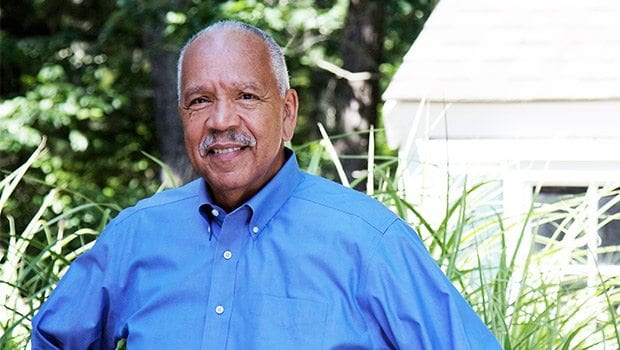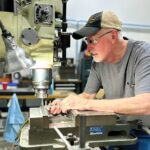
The sciatic pain that Bob Miller’s doctor said would probably go away on its own had other ideas. It decided to go up a notch or two the next morning.
“I was getting out of bed the next day and made a quick turn,” Miller said. “I had the worst pain in my entire life. I couldn’t move.” The pain, which started in the buttocks, was accompanied by numbness and tingling down his entire left leg. No position offered comfort.
The prescription pain medication helped calm it down. An MRI the next day pinpointed the problem. Miller had minor changes in the spine that occur in everyone beyond the age of 30.
The culprit, though, was a protruding disc at L5/S1, a location at the lower end of the spine near the pelvis. A large percent of the problems of low back pain occur at this site, and with good reason. This area is subject to a large amount of stress and movement; it allows the torso to twist and bend in all directions. It bears the weight of the entire upper body.
The disc was intruding in the sciatic nerve’s territory. And the nerve was pushing back. Because of his symptoms and the findings in the MRI, surgery was the only option. “This will not heal,” his doctor told him. “It will cause more damage.”
Miller asked what caused the problem. A good question, but one that his and other doctors cannot always answer. It’s hard to identify the exact cause of pain in the back. His doctor theorized that the problem has been long in the making perhaps from a fall or other trauma years ago. It just took several years for it to finally materialize.
Fortunately, Miller was eligible for minimally invasive spinal surgery. Instead of a six-inch incision, the neurosurgeon could fix the problem through a two-inch opening. He was discharged home the same day.
Although his surgery was more than two years ago, Miller said he is not at 100 percent and accepts that he probably never will be. “I have about 70 percent of the feeling in my leg,” he explained. His calf muscle, which is controlled by the sciatic nerve, is a little smaller than the one on the right. The sole of his foot is numb, which prevents him from walking barefoot.
He can’t sit for long periods of time. Nor can he drive for more than two-and-a-half hours in a stint. “I have to get up and walk around,” he said. If he doesn’t, he will get low back pain. As the co-founder of Tidemark Corporation, a consulting firm, that can be a problem. He is often glued to his computer for hours on end or has to drive long distances to meet clients.
Miller recognizes other changes. “I can’t run,” he explained. “The best I can do is shuffle.” Crossing busy streets then is a challenge. “Chances are I wouldn’t make the light,” he said. But Miller is not complaining. He can walk … but not too fast. He rides a bike with no problems at all. He walks on his treadmill and can use an elliptical exercise machine. He knows to lift with his legs and not with his back.
“I do the best I can with what I’ve got,” he said. “I know what my limits are.”






